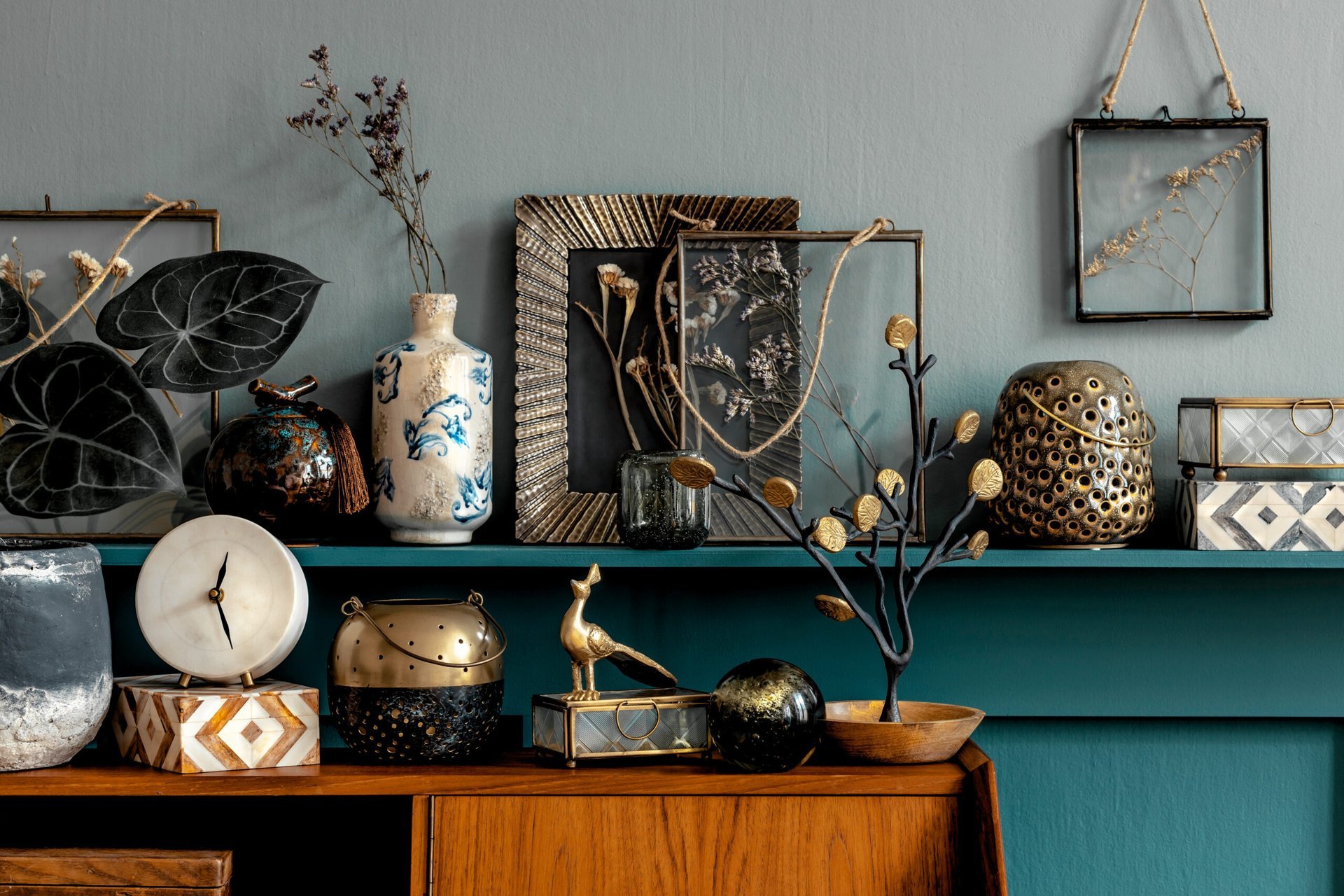With 30 years of reselling under my belt, I’m the go-to guy when friends need a quick appraisal. And over the years I’ve noticed a recurring phenomenon: The vintage items most people consider valuable usually aren’t, and the things they want to toss are often hot collectibles.
Here’s why: Many of us get our idea of what’s valuable from our parents. But markets change, and new collectors have different tastes.
What disregarded treasures are hiding in your home right now? The answers might surprise you. In this series, we’ll explore hot collectibles you might already own.
1. Cathrineholm enamelware

Cathrineholm enamelware was made in Halden, Norway, between 1907 and 1972. The company’s line of bowls, trays, tea kettles and other kitchenware was wildly popular during the midcentury period. Bright colors and simple but bold designs (like the lotus pattern pictured above) captured the midcentury aesthetic at its pinnacle.
Cathrineholm enamelware pieces were exported around the world and likely brought back as souvenirs during family trips abroad. I’ve noticed they’re slightly more common in parts of the U.S. with cultural ties to Scandinavia (namely, the Midwest and Pacific Northwest).
The most common mark is a stylized Old English “C” with “Cathrineholm of Norway” encircling it. Orange and red pieces that are chip-free sell best.
Recently on eBay, this four-piece bowl and plate set sold for $200, and this Cathrineholm teapot sold for $168.50.
2. Lisa Larson figurines

Born in 1931, Lisa Larson spent five years studying ceramics in Gothenburg, Sweden, before joining the design team of the Gustavsberg Porcelain Factory. She was hand-picked for the role by none other than Stig Lindberg, an icon of postwar Swedish design who worked across all media including ceramics, glass, and textiles.
During Larson’s career at Gustavsberg, she created a sculptural world populated with whimsical animals and rounded human forms. Her figures were approachable and endearing, appealing to collectors of all ages who appreciated fresh and visionary design.
Larson’s maker’s mark comes in a variety of forms including impressed stamps, incised or handwritten glaze signatures, and paper labels. Look for these keywords: Lisa Larson, Lisa L. or L.L. paired with Gustavsberg, Sweden. Her mark sometimes appears with an image of an anchor.
On eBay, this Lisa Larson cat figurine sold for $160, and this early hippopotamus figurine sold for $249.99. Prices are comparable on Etsy, where this pottery vase by Larson is listed for $156.40.
3. Dala horses

These brightly painted wooden horses have become the national symbol of Sweden — and a prized collectible around the world.
In the late 1920s, brothers Nils and Jannes Olsson took up the centuries-old craft of carving and painting figural horses made from bits of scrap wood. It was a way to pass the time during Sweden’s long winters and provide inexpensive toys for rural children.
Over time, the brothers’ work set a new standard for Dala horse carving, and a factory dedicated to the craft opened in their hometown of Nusnas, Sweden.
Authentic pieces are typically marked with an oval label that reads, “Nils Olsson, Hemslojd, Nusnas, Sweden.” (For the linguistically-curious, the word hemslojd translates to “handicraft” in English.)
Today, vintage Dala horses made by Nils Olsson can “horse trade” for decent sums of cash — especially for larger pieces (10 inches tall or taller). Even with a bit of damage, this 10-inch white horse recently sold for $250 on eBay and this 14-inch orange Dala sold for $159.39.
Scandinavian roots

This installment’s hot collectibles all trace their roots back to Scandinavia, a part of the world that’s contributed to high design for decades.
When I’m appraising antiques or thrift shopping for fun, any object that’s marked “Made in Norway” (or Sweden, or Denmark) gets a closer look. IKEA aside, the region is known for producing well-designed and well-constructed products. Without any other information, that “made in” mark is often the first clue of quality. And with digital tools like Google Lens, it’s easy to find out the rest of an object’s story.
